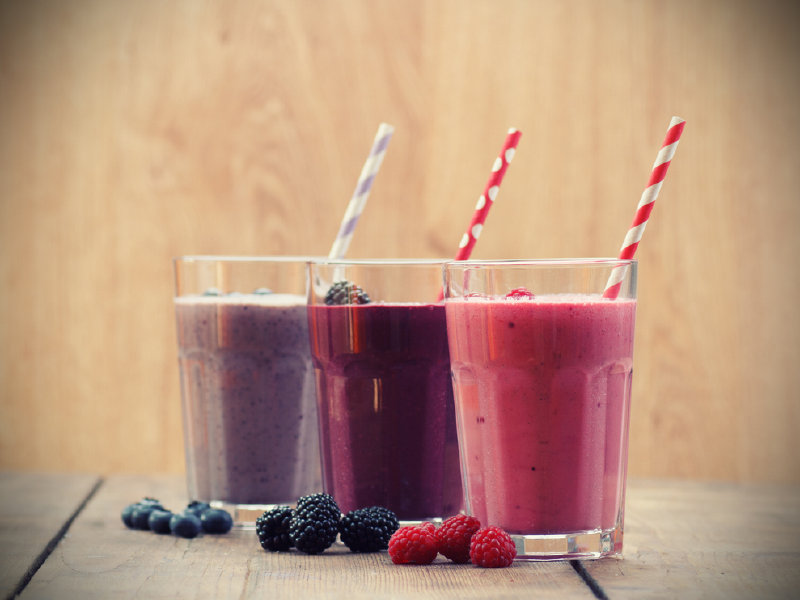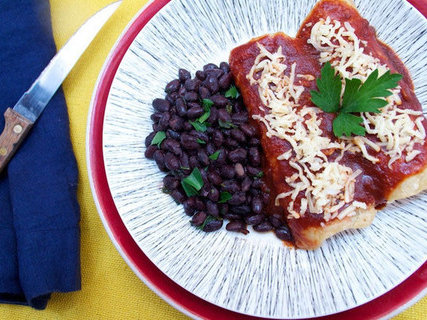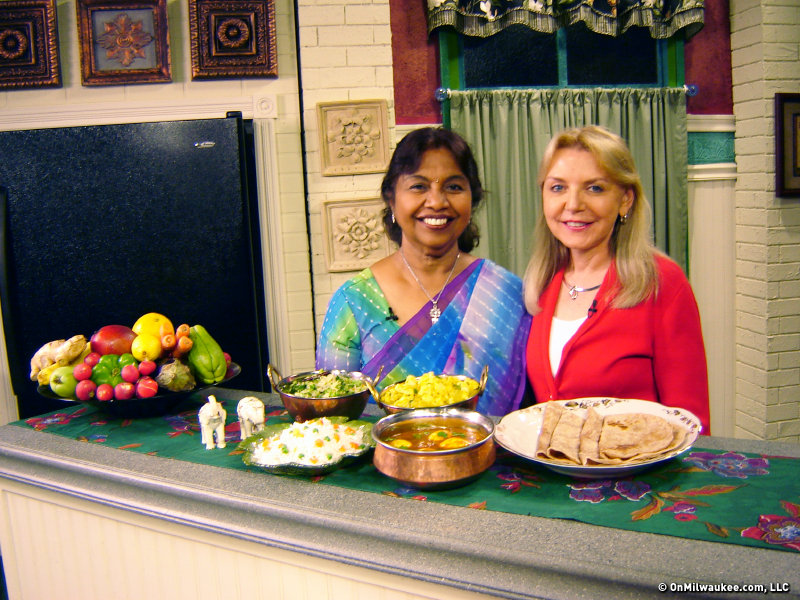Welcome to Healthy Living Week at OnMilwaukee.com! The resolutions are made, now the real work begins. But we're here to help get you – and keep you – on track with stories about medicine, diet, exercise, spiritual and emotional health, and more. Healthy Living Week is brought to you by Pairdd: easy gluten-free cooking at your fingertips.
"Is milk good or bad?"
Comedian and long-time "Daily Show" correspondent Lewis Black asks that very question during his "Black on Broadway" TV special. It’s a joke, of course, but as with the best jokes, it’s based on truth: What we know about health and nutrition always seems to be changing. The old food pyramid once recommended six to 11 servings of breads, grains and pastas. Now, consumers are trying to avoid these gluten-heavy items.
The world of nutrition and dieting is filled with fluctuations and trends. As a result, OnMilwaukee asked local registered dietician Laurie Meyer, MS, RDN, CD – also the president of her own nutrition consulting firm – to help poke holes in some common nutrition myths and misconceptions. She came up with three foods that maybe aren’t as healthy as you’d like to believe.
Smoothies
What could be wrong with smoothies? After all, they’re just fruit, vegetables and maybe a bit of protein powder. According to Meyer, however, not all smoothies are created alike … or created healthy. They may seem like the perfect way to get more fruit in one’s diet, but unfortunately, all of that fruit has its cost.
"If you take a look at a lot of the smoothies out there, they are just sugar highs," Meyer said. "They are just loaded. There can be 300 or 400 calories. When you consider one apple maybe has 15 grams of sugar, you’re getting about 60 to 70 grams in a smoothie."
Meyer added that since there is little, if any, fiber in smoothies, that sugar gets absorbed immediately into a person’s body, causing a sugar spike and possibly leading to more weight gain. In addition, smoothies provide liquid calories rather than solid calories, which according to Meyer, aren’t as filling or satisfying. So after consuming all of that sugar, the body will be left wanting more.
Of course, a beverage made of fruits and vegetables isn’t all bad. Meyer recommends looking for low-sugar smoothies – or simply making your own – that feature more vegetables than fruit. She also recommends a bit of protein powder or fat to "level it out so the sugar doesn’t spike as much."
Fat-free salad dressings
Salads have always been a staple of a good, healthy diet. After all, lettuce and the rest of the vegetables in a salad are filled with vitamins and minerals. And if you can enjoy that healthy mix with the taste of your favorite dressing – minus the fat – it seems like a win-win for your health and your taste buds. As it turns out, fat-free can translate to nutrient-free.
"The vitamins, minerals and carotenes in salads need oil or a little bit of fat in order for them to be absorbed and utilized," Meyer said. "So if you’re having a salad and you don’t have any fat in that salad, you’re missing out on the absorption of those nutrients."
The other problem, according to Meyer, is these dressings replace the fat with sugar or, in many cases, with high fructose corn syrup, a product linked to liver problems and increases in weight gain and appetite.
As a result, Meyer recommends looking for salad dressings with a little olive oil or a little vinegar, or making your own dressing mixtures with a touch of fat. Otherwise, without some oil or fat, the only thing a salad is really providing you is some chewing exercise for your jaw muscles.
Agave
The food industry is always looking for the next big food fad to capitalize on. One of the most popular recent fads has been agave, a natural sweetener that comes from the agave plant found in the southern U.S., northern South America and Mexico. Agave nectar comes at a time when consumers are more wary of sugar and high fructose corn syrup, and are easily tempted by words like "natural" appearing on the label. The much-propagated myth of agave even notes its roots in Aztec culture.
As it turns out, however, agave may not be the miracle sweetener many companies would like you to believe.
"What we’re finding is that most commercial agave is really processed," Meyer said. "It’s very high in fructose, which we’re finding makes you never feel full or satisfied so you want to just keep eating. It also metabolizes in the liver and can immediately turn into triglycerides or body fat. If you’re trying to lose weight, this isn’t a great thing."
Meyer also noted much of the commercial agave has more calories per teaspoon than regular sugar. Rather than recommending the "all-natural" agave sweetener to her clients, Meyer instead chooses honey, maple syrup or Stevia as better options for sugar substitutes.
"The research on it is not looking that good, and many of the people who were on the agave bandwagon are abandoning it because they’re finding it really wasn’t as good as they thought it was," Meyer said.
And as for the agave nectar’s roots in Native American culture? According to Meyer and others in the nutrition world, it’s a mix of fact and embellishment.
"The Indians apparently used this for centuries, but they weren’t eating a lot of it," Meyer revealed. "What I had found is that they actually used it a lot for healing wounds. They never ate it in quantities, if they ate it."
As much as it is a gigantic cliché to say that one has always had a passion for film, Matt Mueller has always had a passion for film. Whether it was bringing in the latest movie reviews for his first grade show-and-tell or writing film reviews for the St. Norbert College Times as a high school student, Matt is way too obsessed with movies for his own good.
When he's not writing about the latest blockbuster or talking much too glowingly about "Piranha 3D," Matt can probably be found watching literally any sport (minus cricket) or working at - get this - a local movie theater. Or watching a movie. Yeah, he's probably watching a movie.







